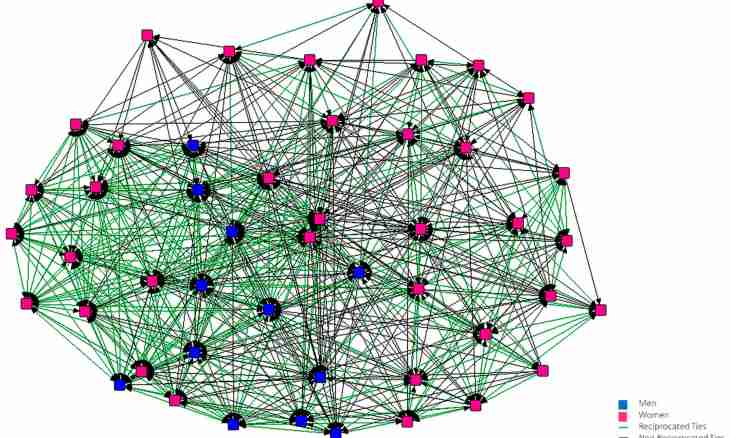Morphemic analysis of a word – analysis on structure, definition and allocation of significant word-formation parts of a word. Morphemic analysis precedes word-formation – defining in what way the word appeared.
Instruction
1. Morphemic analysis of a word is made in that its form in which it is taken from the text. Look at compatibility of your word with other lexical units and define a part of speech to which it belongs. Sometimes it is possible to confuse an adverb and a short participle – for this purpose attentively read the offer from which you take the floor.
2. Morphemic analysis always begins with termination definition. Sort out to what part of speech the word belongs. Pay attention that no unchangeable forms are had by the terminations - it is adverbs, adverbial participles, comparative degree of an adjective, a pronoun, an interjection, verbal infinitives (uncertain form of a verb), and also unchangeable nouns. In such cases of a morpheme on the end of a word will be not the terminations, and suffixes, or will enter a part of a root. For example, the unchangeable noun of "cinema" completely is a root, and in an adverb it will "be good" the last "About" a suffix. Many schools learn that "-t" in an infinitive is the termination. Actually it is a postfix (the suffix standing in a postposition in relation to a root).
3. If your word for analysis changed, allocate in it an inflection (termination). It is possible to find the termination if to decline/conjugate a word. Its changeable part will also be the termination. In morphemic analysis the termination is allocated in a rectangle.
4. The word body bearing semantic loading - a root. Find a word root, being to it at cognate words. Vospominayte similar group of words with similar value and the general root. The minimum morpheme repeating in all group of cognate words will also be a root. Write down a cognate word near yours, allocate a root at each word, having represented an arch over this morpheme. Be careful with homonymous roots: sometimes these parts of a word have identical sounding and writing, but differ on sense. For example, in the word "water" the root of "waters" designates belonging to transparent liquid, and in the word "gas pipeline" the homonymous root of "waters" has verbal see off value. In compound words with two and more roots allocate each root, having designated connecting vowels as suffixes by "lid". To each root pick up a cognate word.
5. Allocate a prefix, having mentally been at loss for words where this prefix has similar value.
6. Find and define word suffixes.
7. Allocation of a basis will be the last step in morphemic analysis - it is a part of a word without the termination. The basis is emphasized from below.

